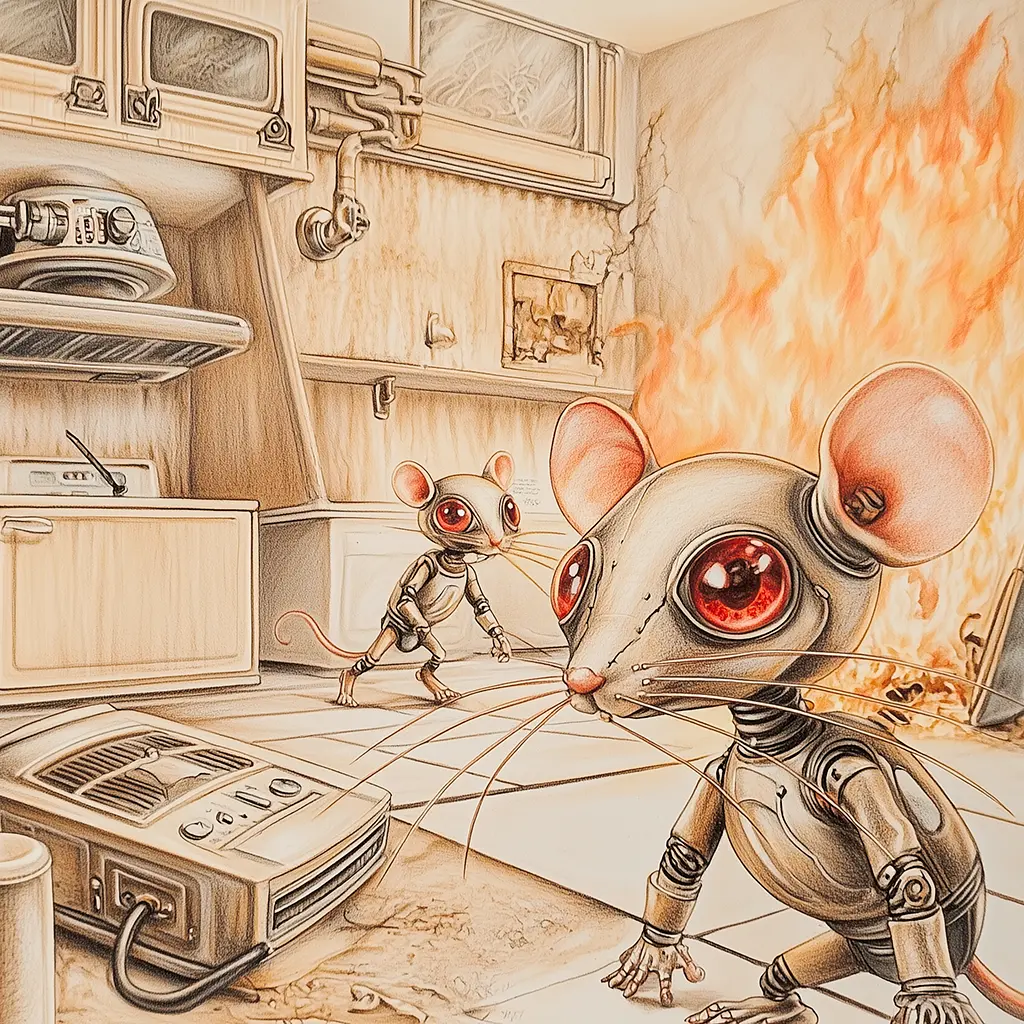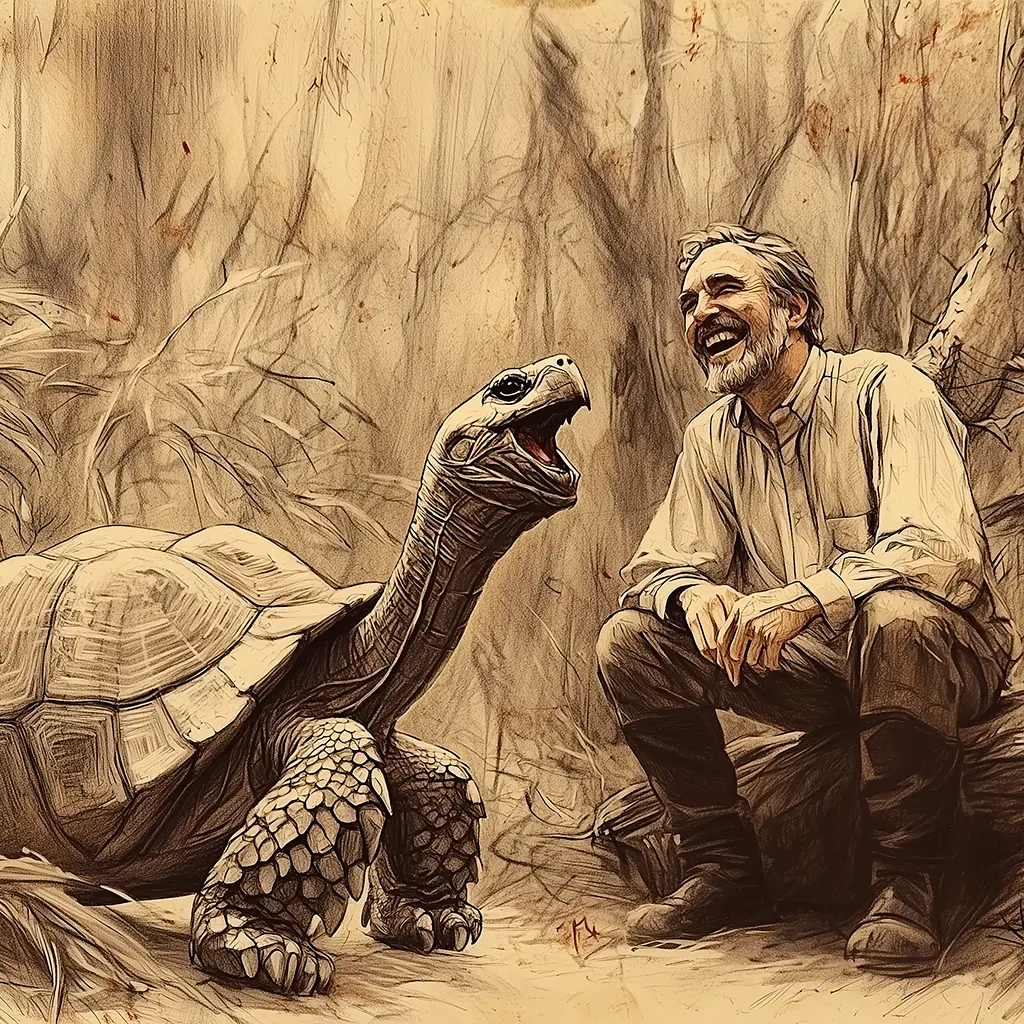Philip K. Dick: We Can Remember It for You Wholesale. Summary and analysis
We Can Remember It for You Wholesale, written by Philip K. Dick and published in The Magazine of Fantasy and Science Fiction in April 1966, is a science fiction story that explores the manipulation of memory. Douglas Quail is an ordinary man with a monotonous life who dreams of traveling to Mars. Unable to do so, he turns to Rekal Incorporated, a company that implants false memories to make its clients believe they have had extraordinary experiences. However, during the procedure, details suggest that Quail’s life is not what he thinks it to be. As he tries to understand the truth, he finds himself caught up in a web of intrigue and mysterious secrets.





